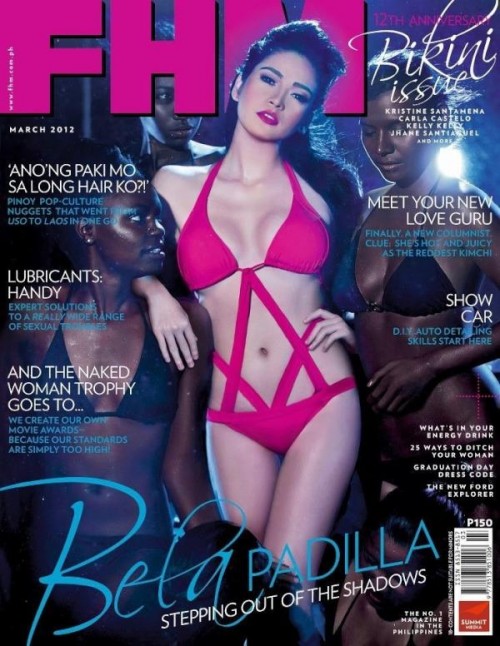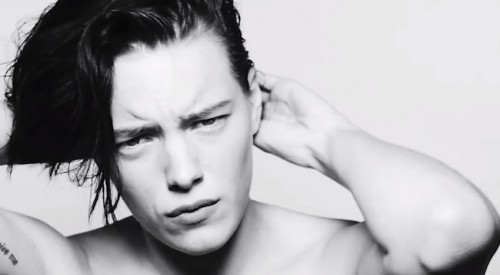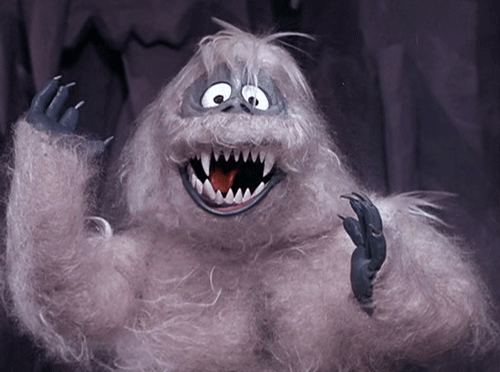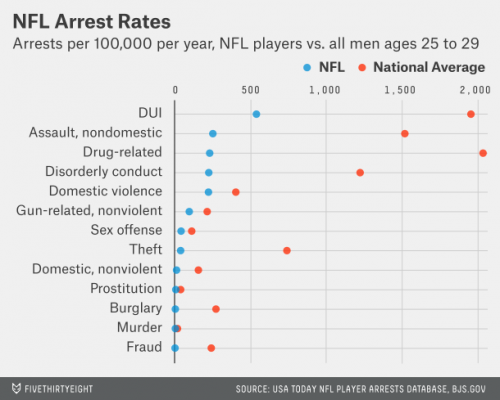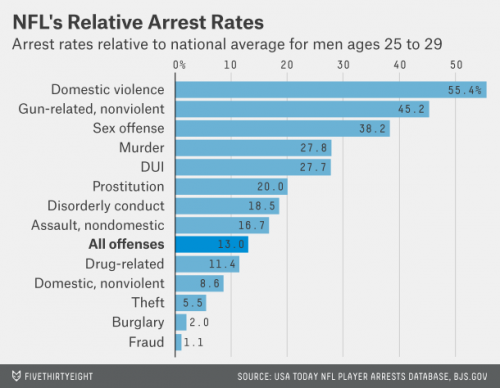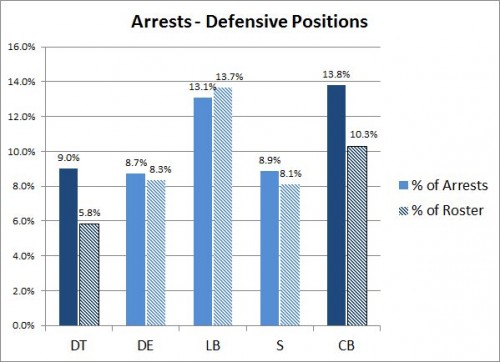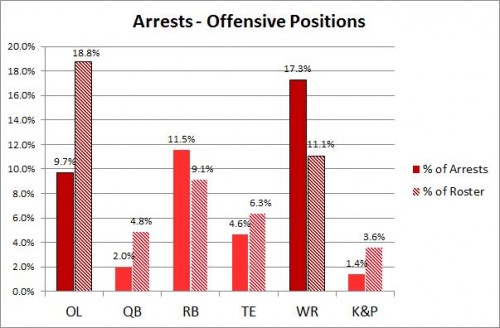 This is, by far, the best response to inquiries about male -bodied cross-dressing that I have ever heard. If you don’t already love Eddie Izzard, you might now. Asked why he wears “women’s dresses,” this non-cisgendered man responds, in a nutshell: “I’m not wearing women’s dresses. I’m wearing my dresses. I bought them. They are mine and I’m a man. They are very clearly a man’s dresses.”
This is, by far, the best response to inquiries about male -bodied cross-dressing that I have ever heard. If you don’t already love Eddie Izzard, you might now. Asked why he wears “women’s dresses,” this non-cisgendered man responds, in a nutshell: “I’m not wearing women’s dresses. I’m wearing my dresses. I bought them. They are mine and I’m a man. They are very clearly a man’s dresses.”
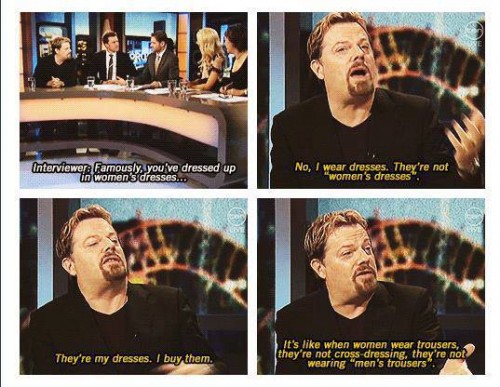
Johnny Depp does a similarly good job of refusing to take the bait in this clip from the Late Show with David Letterman. Letterman queries his rationale for wearing a women’s engagement ring. Depp just plays dumb and ultimately says that it didn’t fit his fiancée, but it did fit him. So… shrug.
The phenomenon of being questioned about one’s performance of gender is called “gender policing.” Generally there are three ways to respond to gender policing: (1) apologize and follow the gender rules, (2) make an excuse for why you’re breaking the rules (which allows you to break them, but still affirms the rules), or (3) do something that suggests that the rules are stupid or wrong. Only the last one is effective in changing or eradicating norms delimiting how men and women are expected to behave.
In these examples, both Izzard and Depp made the choice to disregard the rules, even when being policed. It seems like a simple thing, but it’s very significant. It’s the best strategy for getting rid of these rules altogether.
Thanks to Dmitriy T.C. for the links!
Lisa Wade, PhD is an Associate Professor at Tulane University. She is the author of American Hookup, a book about college sexual culture; a textbook about gender; and a forthcoming introductory text: Terrible Magnificent Sociology. You can follow her on Twitter and Instagram.

